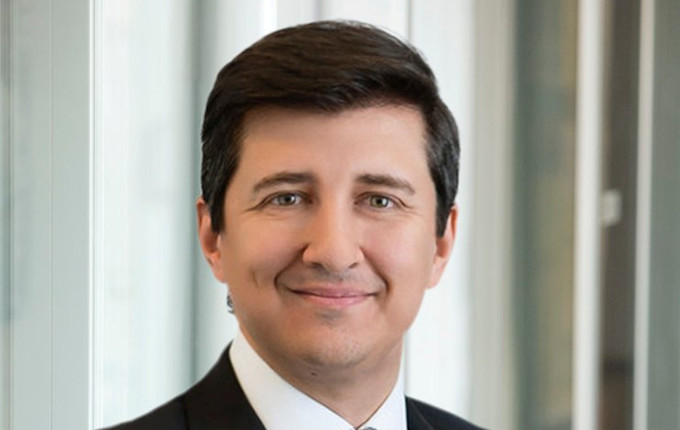After years of consolidation in the superannuation sector, it is now less likely to see mergers of equals between super funds. Instead, the industry will continue to see smaller funds merge into the very large ones, according to Morningstar Australia.
The financial year 2025 continued to see several superannuation fund mergers, causing a further decline in the number of existing super funds in Australia, while the larger funds are getting larger.
There are now just 89 super funds in Australia, a decline of 85 per cent compared to 20 years ago, according to Morningstar data.
In particular, corporate super plans have seen a radical decline. From over 1000 employer-sponsored plans in 2004, there will be only one left after the merger of TelstraSuper into Aware Super next year: the ANZ Staff Superannuation (Australia) Fund.

You're likely to continue seeing very small funds being hoovered up into larger funds. But I'd say mergers of equals are probably going to become less likely, and that's simply because there are fewer and fewer viable merger partners out there
As a result of all this merger activity, there are few natural fits between funds left and further consolidation is likely to occur in the long tail of funds with less than $10 billion in AUM.
“Mergers fall into two categories. You have mergers where a large fund fully absorbs a much smaller fund – that doesn’t really impact the larger fund too much. It’s pretty straightforward,” Thomas Dutka, Director of Manager Research at Morningstar, said during a webinar about the state of the industry.
“And then you have a merger of equals that’s between similar-sized funds, where you’re basically creating a new fund. Now, that’s more of a challenge. You have to establish a new culture, a strategic direction. There’s staff restructuring involved.
“I think you’re likely to continue seeing very small funds being hoovered up into larger funds. But I’d say mergers of equals are probably going to become less likely, and that’s simply because there are fewer and fewer viable merger partners out there,” he said.
Three Mergers of Equals Took Place in 2025
In 2025, there were three mergers of equals. Mine Super merged with TWU Super to create the $22 billion Team Super. Vision Super and Active Super merged to form the $27 billion fund that will continue as Vision Super. Finally, CareSuper and Spirit Super merged to form a $58 billion fund, which will carry the CareSuper brand.
TelstraSuper and Equip Super were also due to merge, but eventually this union was called off and TelstraSuper decided to merge with the much larger Aware Super ($226 billion).
“Telstra and Equip Super, that merger of equals actually did not proceed, which is quite uncommon,” Dutka said. “Telstra Super decided it was not in members’ best interest.”

Telstra and Equip Super, that merger of equals actually did not proceed, which is quite uncommon. Telstra Super decided it was not in members’ best interest
Several more smaller funds were absorbed into larger funds last year, including Qantas Super into the Australian Retirement Trust, Goldman Sachs & JB Were Super into Mercer, Zurich Super into Future Group and Meat Industry Employees Superannuation Fund (MIESF) into CareSuper.
MIESF was a standout to Dutka. Although it is a small fund at just $1 billion in AUM, the fund’s MySuper option achieved the highest score in the Your Future, Your Super performance test.
“I think it really highlights some of the challenges that small funds can face and why they merge,” Dutka said. “Its performance has actually been excellent, but nonetheless the fund has its challenges.
“It’s not a public offer fund, so only meat industry workers can be members. That’s an industry with 60,000 workers and falling, so a very limited potential member base. In fact, since 1983, the fund noted that it had gained fewer than 5000 members net, so not much member growth.
“Its financial metrics haven’t been great either, with net cash outflows and members leaving through retirement. So despite good performance, the writing was on the wall. Another small fund is going to disappear,” he said.
Larger Funds Are Getting Larger
As the industry continues to consolidate, the large funds are becoming even bigger and dominate the super sector. Smaller funds might still be the largest segment by number, but they represent only four per cent of the $4.3 trillion in AUM, Morningstar data showed.
Over 80 per cent of sector assets are now in just 19 very large funds, $50 billion or higher, while the top 8 largest funds now account for nearly 60 per cent of sector assets.

AustralianSuper has nearly $400 billion in assets, it is larger than the 57 smallest funds combined
“That’s up from a third a decade ago,” Dutka said. “And it’s going to keep growing as smaller funds continue merging into larger funds, and large funds continue generating strong net inflows – another great statistic that I think really reflects the sector’s concentration.”
“The largest fund, AustralianSuper has nearly $400 billion in AUM. It is larger than the 57 smallest funds combined, or around two thirds of the [number of] funds in the market put together,” he said.
_________
[i3] Insights is the official educational bulletin of the Investment Innovation Institute [i3]. It covers major trends and innovations in institutional investing, providing independent and thought-provoking content about pension funds, insurance companies and sovereign wealth funds across the globe.


